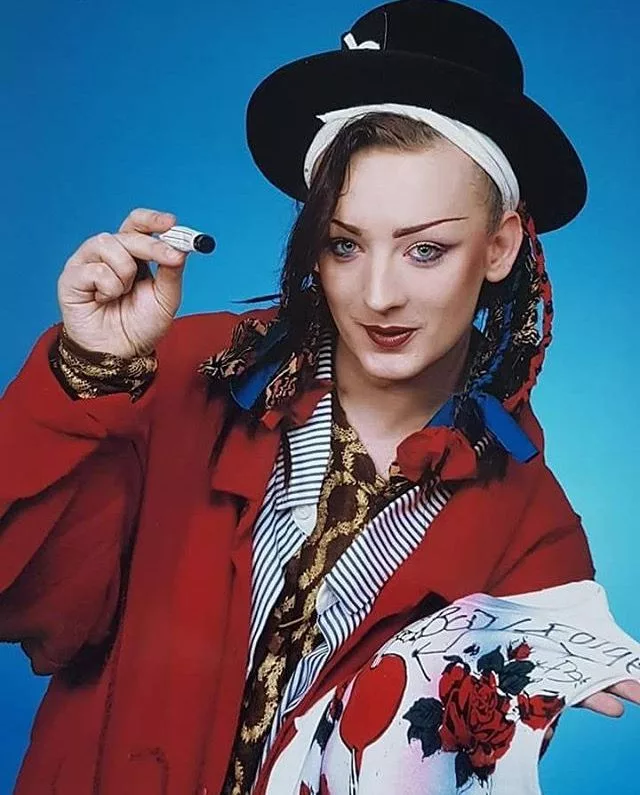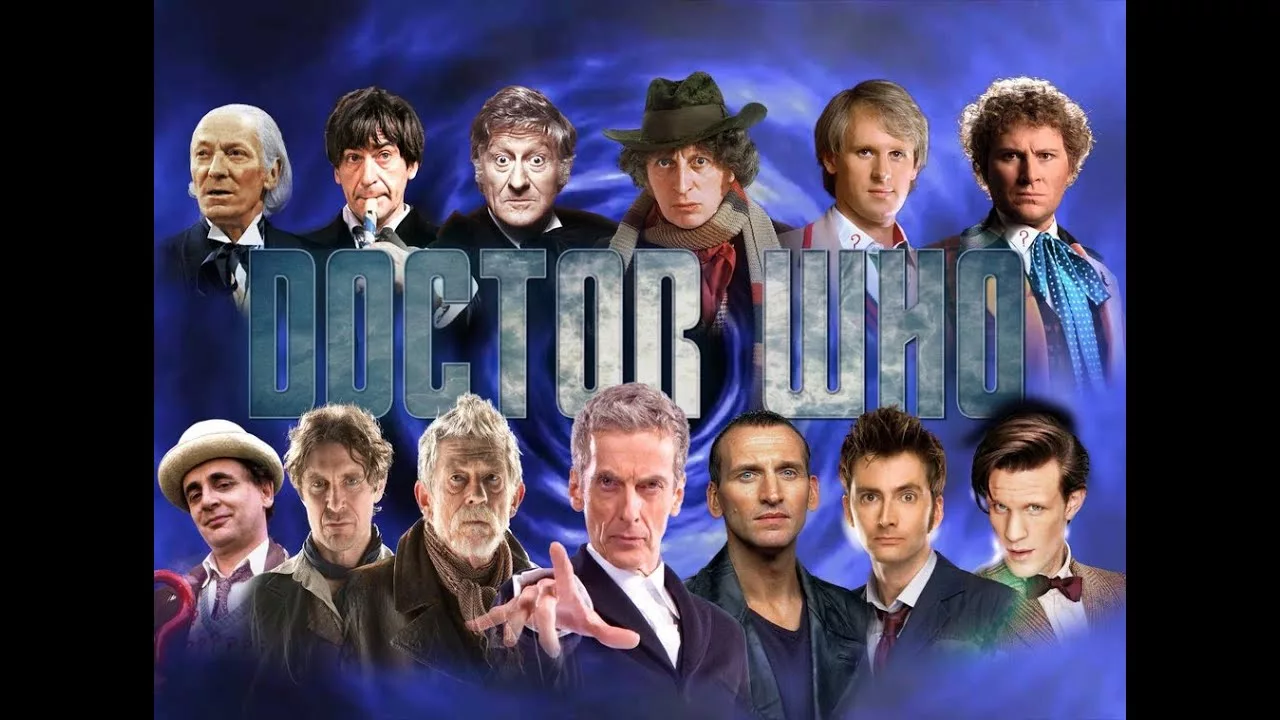In the vibrant tapestry of 1980s pop culture, Boy George stands out as a luminary figure. As the charismatic frontman of Culture Club, he wasn’t just a voice on the radio; he was a bold statement in a world grappling with rigid gender norms. Born George Alan O’Dowd in 1961 in Bexleyheath, England, he would grow to become an icon, not just in music but in the realms of fashion and social activism.
At the heart of Boy George’s persona was his androgynous style, a hallmark of his identity that often sparked curiosity and speculation. Despite assumptions to the contrary, Boy George is a cisgender man, always having identified as male. His appearance, characterized by a blend of flamboyant makeup, extravagant hats, and a kaleidoscope of colorful outfits, was a defining aspect of the New Romantic movement of the 1980s. This movement wasn’t just about fashion; it was a statement, a rebellion against the traditional binaries of male and female. Boy George was more than a musician; he was a canvas, challenging and redefining gender norms.

Beyond his revolutionary fashion sense, Boy George has been candid about his sexuality. Identifying as pansexual, he has expressed his attraction to people regardless of their gender. This openness about his sexuality has made him a beacon in the LGBTQ+ community, advocating for rights and acceptance. His voice, both in song and in activism, has resonated with countless individuals who find solace and inspiration in his journey.
Boy George’s impact extends beyond his personal identity. With Culture Club, formed in 1981, he delivered hits that became anthems, like “Do You Really Want to Hurt Me?” and the unforgettable “Karma Chameleon.” His solo career, marked by albums like ‘Sold’ and ‘This Is What I Do,’ further cemented his place in the music industry. His artistic endeavors also led him to the silver screen, with appearances in films and shows like “The Crying Game” and “Doctor Who.”

In conclusion, Boy George is not just a musician or a fashion icon; he is a symbol of resilience and change. His influence on gender expression and his unwavering support for LGBTQ+ rights have carved out a space for open discussions about gender and sexuality in popular culture. He remains a beacon of hope and inspiration for LGBTQ+ individuals worldwide, and his legacy continues to resonate across generations, transcending gender and sexual orientation. His life and work stand as a testament to the power of authenticity and the enduring appeal of breaking boundaries.